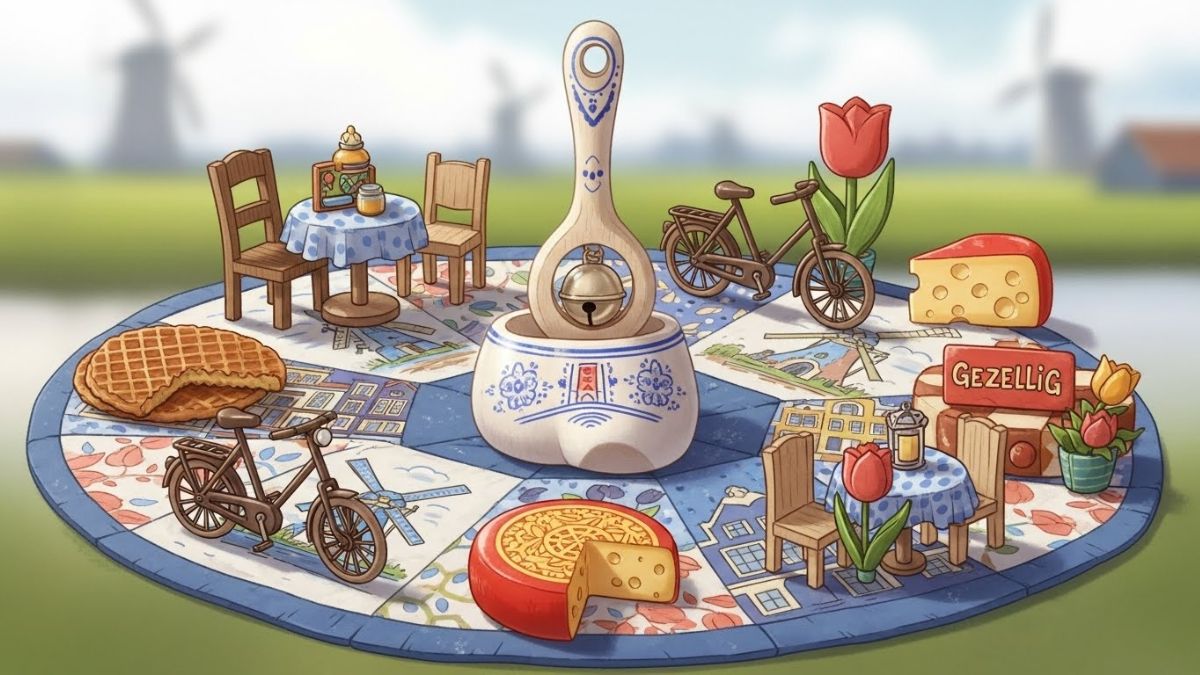The baby product industry is strictly regulated and safety of the products is of utmost importance. Thus, compliance with strict safety standards is critical for B2B companies not only from the legal point of view but also from the perspective of establishing confidence with retailers and distributors. Baby product safety testing entails various processes that help determine the strength of the material used, the chemical content of the products among others. It is important for baby product manufacturers to comprehend these basic tests and standards so that they can be assured that the products they are manufacturing such as strollers, high chairs and other products are safe to use.
This article looks at the main safety tests and requirements that manufacturers should observe to ensure that their products are safe.
Chemical and Material Testing
Another important aspect of safety of baby products is to ensure that all the products used do not contain any toxic compounds. Some of the items include baby high chairs and travel systems which are in direct contact with infants and these should therefore be made of safe material.
The chemical testing is done in order to identify the presence of toxic chemicals like BPA, lead, phthalates, and other chemicals that are dangerous for the health of a person. For this reason, these substances are dangerous to the babies if they are swallowed or if they come into contact with the skin. For instance, baby high chair brands will have to make sure that their products are compliant with the international safety standards such as the REACH regulation of the European Union or the CPSIA of the United States.
Thus, by following these chemical safety standards, baby product manufacturers shield the end consumers, while making the retailers comfortable to stock those products.
Structural Integrity Tests
Durability is a measure of safety for baby products especially when it comes to strollers, high chairs and travel systems. The products should be strong to endure normal wear and tear and not be easily damaged while at the same time offering protection to the child. Strength, stability and endurance tests are conducted on baby products to determine how the products will respond to various situations.
For instance, when it comes to baby travel systems, manufacturers need to be very careful when choosing materials for their strollers and car seats because they have to be both durable and safe under regular usage. This includes impact resistance tests in which car seats are exposed to simulated crash to check whether they can protect the infant in case of an accident. Strollers have to pass through some tests so as to ensure that the frames and joints of the stroller are strong enough to withstand the weight of the child as well as the other stuff that one may need to carry like the diaper bag.
High chairs also have to undergo stability tests to make sure that the chair will not easily fall over. Baby high chair brands usually consider the weight distribution where the chair should not wobble even if the baby moves.
Flammability Testing
Another significant factor that is related to the safety of baby products is flammability. Most of the fabrics used in car seats, mattresses and baby carriages among others are expected to meet fire safety requirements. The flammability testing is done to ensure that such products cannot easily burn and that they can withstand fire long enough for one to evacuate the baby in case of fire.
For instance, baby travel system brands and manufacturers of products such as strollers and car seats in the United States are required to adhere to the Federal Motor Vehicle Safety Standard 302 that addresses flammability of interior materials. Baby high chair brands are also expected to observe certain fire safety standards especially with regards to fabric in the chair’s seats or cushioning.
The fulfillment of these standards is crucial to the manufacturers who seek to sell their products in various areas and markets.
Mechanical Hazard Testing
Physical dangers remain a major concern in baby products, especially those which have parts that move such as strollers, high chairs or cribs. To meet the requirements of safety standards, manufacturers have to perform pinch points, sharp edges, and small parts that are hazardous to choke on.
For instance, in strollers, the wheels, brakes and folding systems are some of the components that may develop mechanical dangers. Such components need to be tested to confirm that they do not cause pinch points that are dangerous to the baby or the caregiver. Likewise, in high chairs, buttons that unlock the tray, and the reclining options must be checked to ensure they do not cause any form of injury.
Baby high chair brands must also meet the international safety standards like ASTM F404 of the United States or EN 14988 of Europe which deals with mechanical hazards for high chairs.
Labeling and Warning Compliance
It is very important that baby products should be labeled correctly and clearly. While testing guarantees that the products are not hazardous to the health of the users, adequate instructions and warning labels assist the caregivers to use the products correctly and to avoid wrong handling of the products.
This information includes but is not limited to weight limit, age suitability and the right method of usage. For instance, baby travel system brands require to give clear instructions on how to install car seats and strollers with illustrations and caution signs in case the system is installed wrongly. Likewise, baby high chair brands have to declare weight and height restrictions so that parents do not use the chair beyond the recommended limits.
Moreover, adherence to the national and international labeling standards like CPSIA for the warning labels in USA or ISO in Europe ensures that the products are compliant with the legal norms and there are less chances of having accidents due to wrong usage.
To the B2B companies in the baby product industry, product safety through the necessary tests and standards is paramount. Chemical and material testing, mechanical hazard assessments are some of the important steps that have to be followed in the product development process to ensure that it complies with the safety regulations. Effective safety measures are not only the legal requirement but also the essential way to create trust with the retailers and distributors.
In the case of baby travel system brands or baby high chair brands, such compliance ensures that products meet the required standards that are acceptable to both businesses and consumers. In a rather saturated market, manufacturers who will embrace safety will be in a better position to work with their partners and customers.











